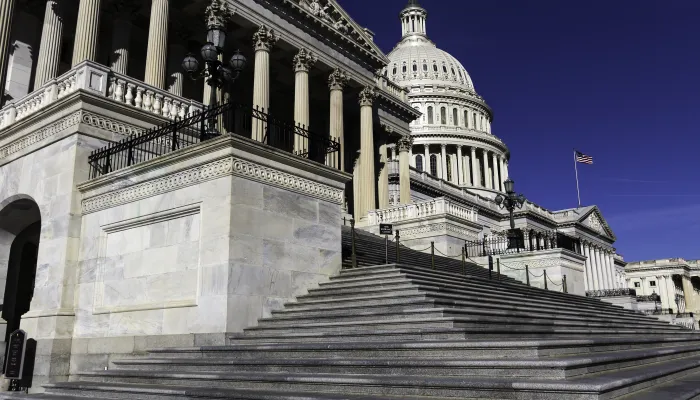Maya MacGuineas: Another Look at That IMF Paper on Debt–and What It Means for the U.S.
Maya MacGuineas, president of the Committee for a Responsible Federal Budget, wrote a commentary that appeared in the Wall Street Journal Washington Wire. It is reposted here.
I draw a slightly different conclusion from the International Monetary Fund’s new discussion note, “When Should Public Debt Be Reduced?“ than does my fellow Think Tank contributor David Wessel. The paper argues that while debt is bad for economic growth, under many circumstances paying down a country’s national debt is not desirable. As long as a country isn’t bumping against the upper limit, or exceedingly high debt levels (and, by global standards, the U.S. is not) the policies to pay down the debt–raising taxes or cutting productive government spending–do more damage to economic growth than the good that comes from debt reduction.
But the paper also argues that countries should reduce their debt-to-GDP ratio to ensure that debt isn’t growing faster than their economy.
This is an important distinction–and not one that should lead anyone to conclude that the U.S. can sit back and stay the course or that debt doesn’t matter. Most of us deficit hawks are not talking about paying down the debt but calling for sensible deficit reduction that slows the growth of the federal debt to give the economy time to catch up, same as the IMF economists say in their paper.
Changes have to be made in order to do this in the U.S. Under current law, debt is scheduled to increase from $13 trillion, or 74% of GDP today, to $21 trillion, or 77% of GDP by 2025, and will continue to grow faster than the economy. This ignores that when lawmakers encounter policy choices–whether extending tax breaks to fixing the Medicare “sustainable growth rate” mechanism–they keep choosing to borrow even more ($250 billion over the past 18 months alone). So things are on track to get worse.
A point the IMF study doesn’t emphasize is that in the U.S. there are many options to reduce the debt as a share of the economy that would also boost growth—providing a twofer. One is tax reform that does not involve rate increases but lowering rates; broadening the tax base by removing expensive, distortionary tax breaks that promote borrowing and consumption or favor one industry over another; and raising revenues. Both tax changes and debt reduction would be good for growth. Another is cutting spending not on investment in things such as infrastructure and worker training but on consumption programs such as middle- and upper-class entitlements. Doing so could promote growth and free up space for putting more resources into underfunded public investments.
The IMF report highlights that the kinds of policies the U.S. has implemented–tax rate increases and the sequester–are the opposite of what we need. But the good news is that there are plenty of reforms that would allow us to pursue a smart, deficit-reducing policy for economic growth.
"My Views" are works published by members of the Committee for a Responsible Federal Budget, but they do not necessarily reflect the views of all members of the committee.

